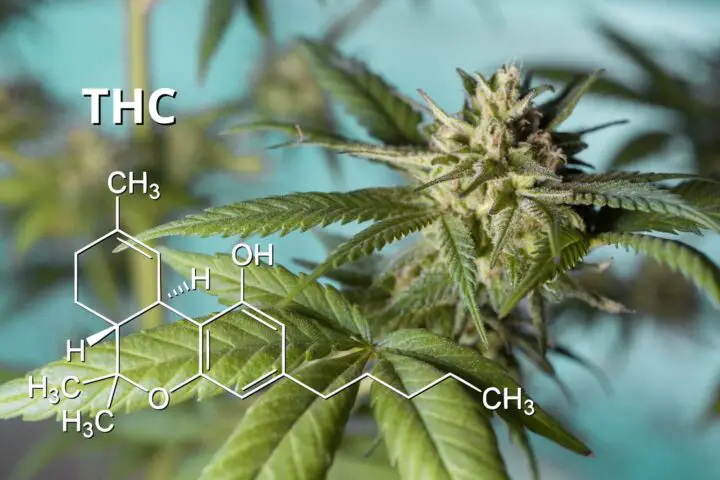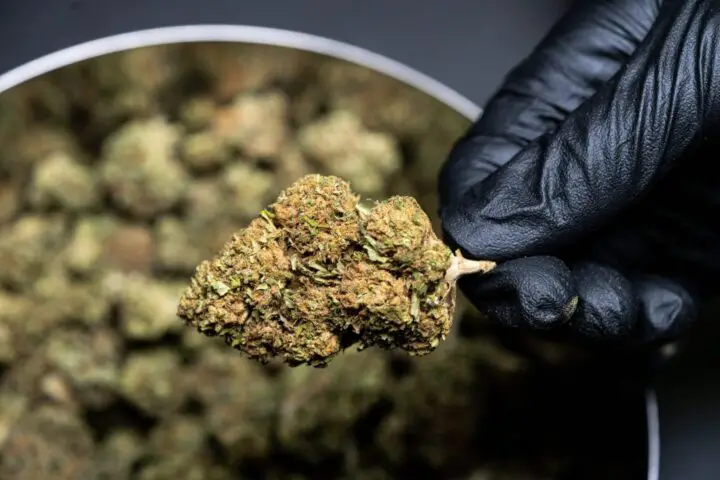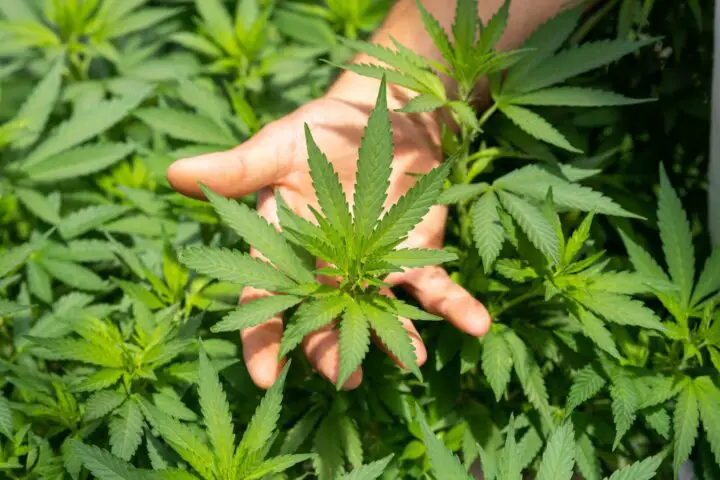What Is THC? A Detailed Exploration of This Popular Compound

Tetrahydrocannabinol, popularly known as THC, stands as a beacon in the world of natural compounds, constantly intriguing scientists, medical professionals, and the general public alike. As the primary psychoactive component of cannabis, THC has secured its position in cultural, medical, and legal discussions across the globe. Today, it’s not just a topic whispered among teenagers; it’s also a subject of research papers and political debates. With the worldwide trend of cannabis legalization and its potential medical benefits under scrutiny, gaining a comprehensive understanding of Tetrahydrocannabinol is more crucial now than ever.
What Is THC?

Diving into the world of botanical compounds, Tetrahydrocannabinol, or THC, emerges as a star player. This fascinating molecule, structured as C21H30O2, is the key that unlocks most of marijuana’s psychological effects. It belongs to a family known as cannabinoids – naturally occurring compounds nestled within the cannabis plant. What distinguishes THC from its cannabinoid siblings is its psychoactive prowess. Upon consumption, be it through inhalation or ingestion, Tetrahydrocannabinol has the capability to alter one’s state of mind, inducing feelings ranging from euphoria and relaxation to heightened sensory perceptions. This dynamic range of effects has positioned THC as the most recognized and frequently sought-after compound within the cannabis spectrum.
History of THC
Embarking on a historical voyage, the legacy of THC is deeply intertwined with the tapestry of human civilization. As an integral component of the cannabis plant, traces of its usage can be unearthed from ancient civilizations, suggesting its significance across millennia. From medicinal concoctions in traditional Chinese practices to spiritual ceremonies in indigenous cultures, THC-rich cannabis has seamlessly woven its way through human history. Fast-forward to the modern age, and with the advent of 20th-century scientific methodologies, we began to pierce the veil of mystery surrounding Tetrahydrocannabinol, comprehending its molecular intricacies and broader societal implications.
How THC Works

To truly grasp the marvel that it is and what THC jd products offer, it’s imperative to explore the endocannabinoid system—a sophisticated network within the human body. This system, laden with receptors and neurotransmitters, is the stage upon which THC performs. When THC enters the bloodstream, it interacts with specific receptors, primarily CB1 and CB2, that are scattered throughout the brain and body. The dance between Tetrahydrocannabinol and these receptors triggers a cascade of neurological responses. These interactions govern a multitude of physiological processes, from altering mood and perception to impacting appetite and pain sensations. In essence, the symphony of effects one attributes to cannabis is orchestrated by this intimate waltz between THC and the endocannabinoid system.
THC vs. CBD
When discussing THC, its sibling compound CBD (Cannabidiol) invariably enters the conversation. Both are standout cannabinoids within the cannabis plant, but they are distinct in their actions and implications. While THC is renowned for its psychoactive effects, CBD remains non-intoxicating. This means that consumption of CBD doesn’t produce the “high” associated with Tetrahydrocannabinol. Therapeutically, both have immense potential.
THC may offer relief from pain, insomnia, and appetite loss, while CBD has been explored for its anti-inflammatory properties, anxiety reduction, and potential in epilepsy management. Their combined synergy, known as the “entourage effect,” suggests that when taken together, their therapeutic properties might be amplified, highlighting the intricate balance and potential of these cannabinoids.
Sources of THC

The cannabis plant, a botanical wonder, houses THC in varying concentrations, depending on the strain. Broadly categorized, cannabis strains fall into Indica, Sativa, or Hybrid. While both Indica and Sativa strains can be rich in Tetrahydrocannabinol, their effects can diverge, with Indica often being associated with relaxation and Sativa with invigoration. Beyond the natural plant, THC can be found in a plethora of products – oils, edibles, tinctures, and more. Another critical distinction is between marijuana and hemp. While both are varieties of cannabis, marijuana typically boasts higher THC concentrations, whereas hemp is richer in CBD and must contain less than 0.3% Tetrahydrocannabinol by legal definition.
Medical Uses of THC
Medicinally, THC’s potential is both vast and promising. Historically, its therapeutic properties were recognized in ancient cultures, and today’s research continues to echo these sentiments. Chronic pain sufferers might find solace in THC’s analgesic properties. Those undergoing chemotherapy have reported reduced nausea and increased appetite after consuming Tetrahydrocannabinol-rich products. Furthermore, conditions like multiple sclerosis, glaucoma, and insomnia have also been explored for THC-based interventions.
Recreational Use
In the realm of recreation, THC’s popularity has soared. Its psychoactive properties induce states of euphoria, heightened creativity, and altered time perception, making it a favored choice for many seeking relaxation or a unique sensory experience. With the wave of marijuana legalization sweeping across nations, its recreational use has become more widespread and socially accepted. The cultural mosaic of cannabis enthusiasts ranges from artists and musicians to everyday individuals seeking an occasional escape from the rigors of life.
Legal Status

The legal tapestry surrounding Tetrahydrocannabinol is intricate and ever-evolving. Across the globe, countries oscillate between strict prohibition, medicinal allowances, and full legalization. In the U.S., for instance, while some states have fully embraced both medical and recreational cannabis use, others maintain stringent restrictions. This patchwork legal status has implications not just for users but also for researchers, medical professionals, and businesses. As scientific research advances and societal perceptions shift, the legal landscape will undoubtedly continue to transform.
Potential Risks and Side Effects
Like any compound that alters perception and mood, THC comes with its set of cautions. Prolonged use, especially in younger individuals, has been linked to potential cognitive impairments and memory issues. Additionally, overconsumption can lead to increased anxiety, paranoia, and even hallucinations. Physiologically, dry mouth, red eyes, and increased heart rate are among the more common side effects. It’s also worth noting the potential for addiction, as regular consumption can lead to increased tolerance and withdrawal symptoms.
Responsible Use and Harm Reduction

Navigating the world of Tetrahydrocannabinol responsibly is paramount. For newcomers, the adage “start low and go slow” is sage advice. This means beginning with lower doses and gradually increasing as one becomes more acquainted with their personal tolerance. Employing harm reduction strategies, such as avoiding mixing with alcohol or other substances, and not driving under the influence, can mitigate potential risks.
Conclusion
The journey through the world of THC is both enlightening and complex. From its ancient historical roots to its modern-day implications, THC stands as a testament to nature’s profound capabilities. As discussions around Tetrahydrocannabinol continue to evolve, the underlying message remains consistent: informed decision-making is key.

